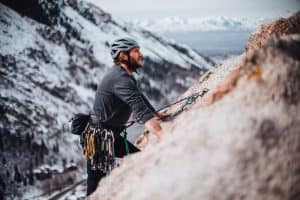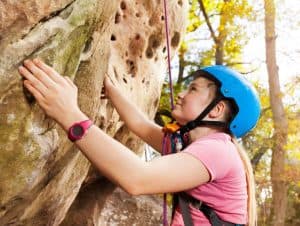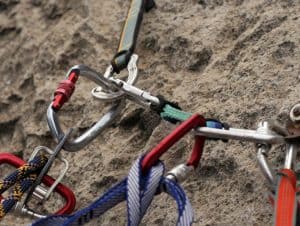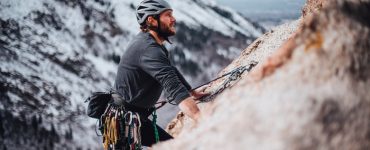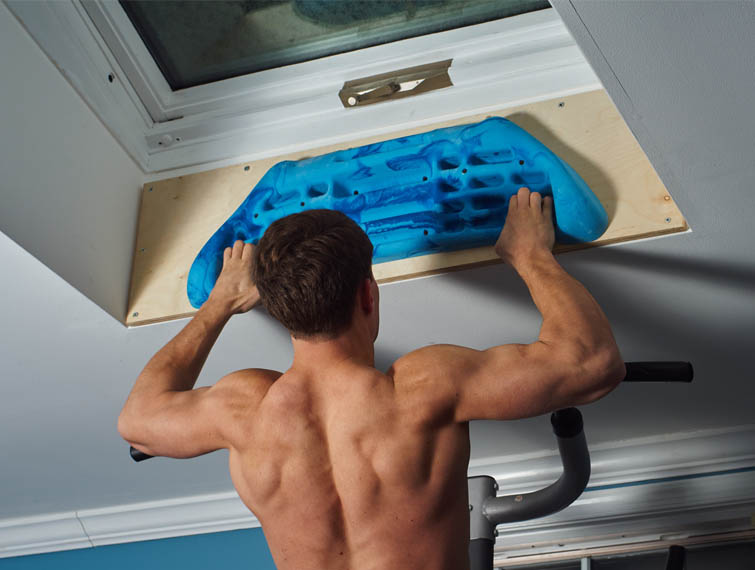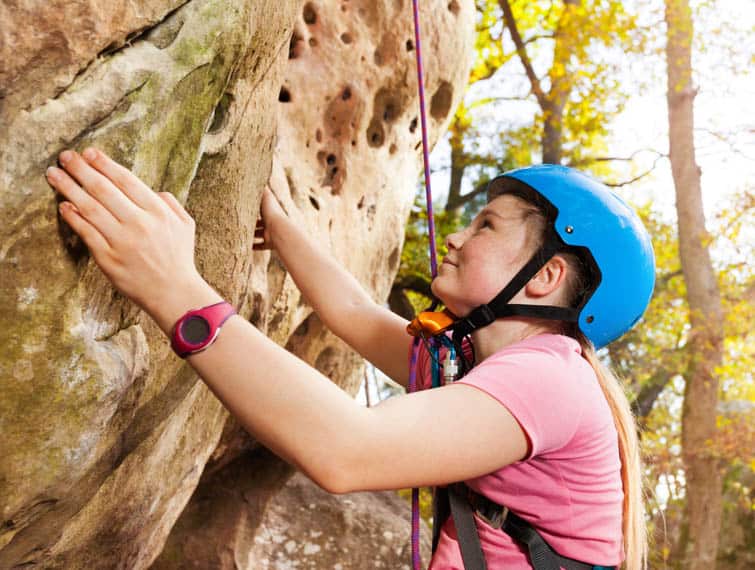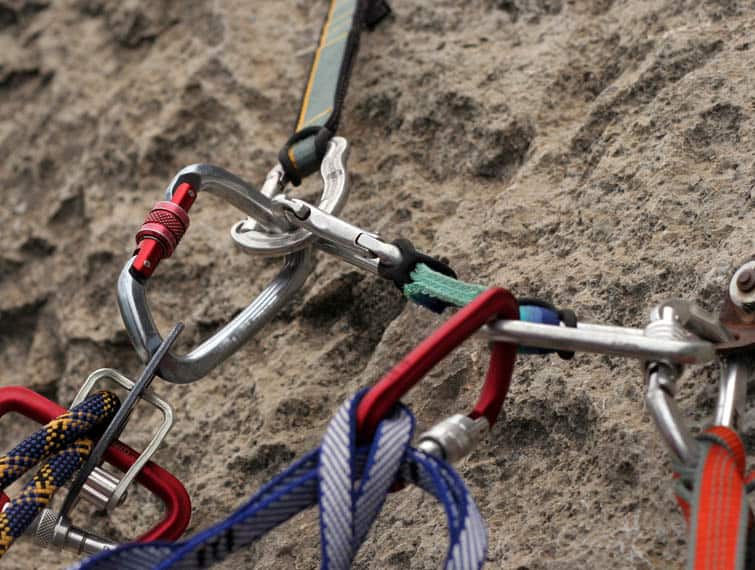Rock climbing exercise works different muscles in your body. The activity requires power to perform explosive movements, balance crossing and moving up rock faces, strength for sustaining a climber during long climbs, and a strong core for helping the climber climb better and more effectively.
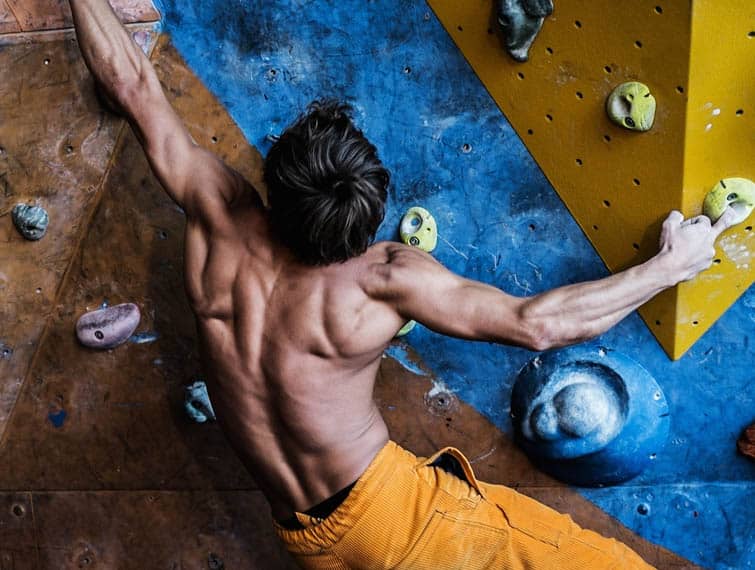
Rock climbing does the body a lot of good as it is physically extensive and provides the climbers’ various mental health benefits. Nonetheless, it is crucial to practice safety measures during rock climbing to prevent muscle injuries from occurring.
What Muscles Does Rock Climbing Work
When climbing, you engage different muscles, and with consistency and determination, you can notice a development in these muscles. The muscles include:
Fun Outdoor Quiz
Lats
The lats (or latissimus dorsi) is the primary muscle that you use when rock climbing. The lats muscle is located along a person’s sides of the back, and it has a wing-like shape. This muscle allows a climber to pull down. During climbing, you constantly pull and build your major back muscles.
Core
When you engage the core, you feel a body tension from the toes up to your fingertips. Your core is the middle bit of your body, and it should work with you every time you pull or press. The core naturally engages to keep the body upright when climbing. If you want to sustain good alignment during your body position inversion, it is essential to work your core to make it stronger.
Biceps
The biceps are located on the upper arms’ front, and the muscles are in charge of bending the arms. Together with the lats, the biceps help to pull the body upwards. Biceps are relatively small in size and thus get fatigued faster than large muscles such as the lats. Biceps are essential when you need to hang on to a wall, particularly on sharp and overhanging routes.
Forearms
When climbing, you use your hands and fingers to carry your weight while using your grip to scale up. A climber’s forearm contains the muscles that they use to grip and hold actions. Various muscles in the forearm work together to give you the strength for gripping and lifting.
Calves
The calves are located in your legs, and they coordinate with the inner thighs and quads to help you reach the top. The muscles are essential when climbing long vertical routes. Calf muscles help you maintain your feet position when you move the feet above the body. It is vital to exercise your calves before rock climbing to prevent the risk of falling when you are pulling yourself upwards.
In conclusion, you engage almost every skeletal muscle in your body during climbing. If you plan to start climbing or improve your climbing, you must engage your body in good physical conditioning.
The best way that you can train for rock climbing is to start the sport and spend time on it. With the above information on rock climbing, you are well equipped with knowledge on becoming strong and working towards the achievement of new milestones.


